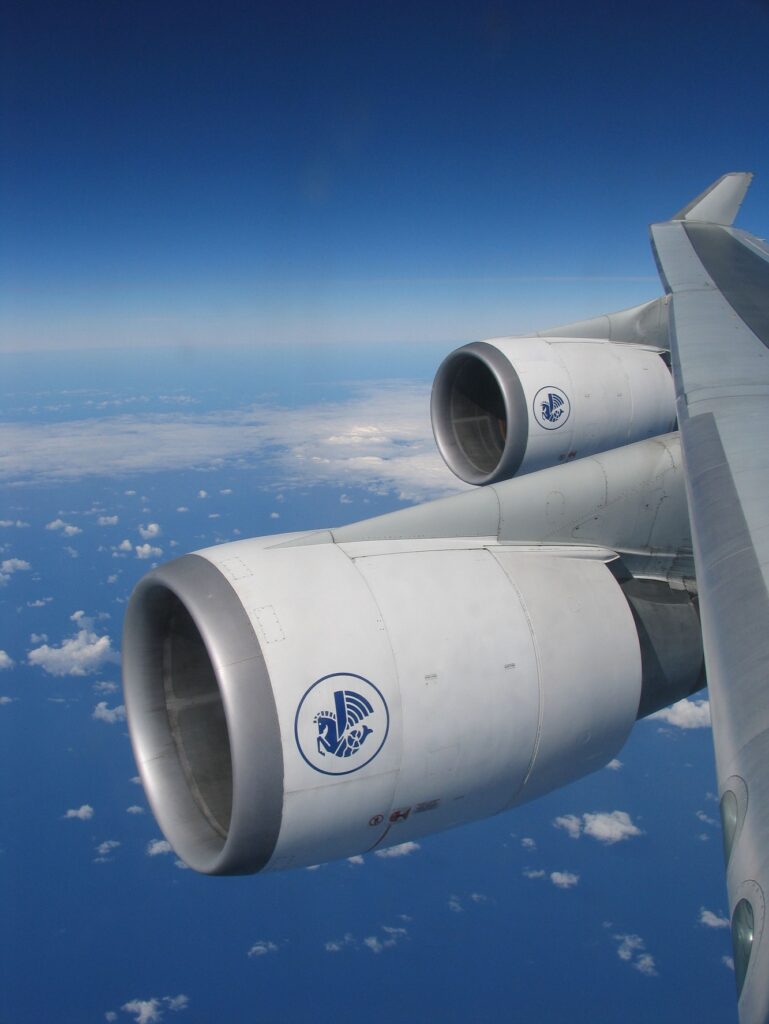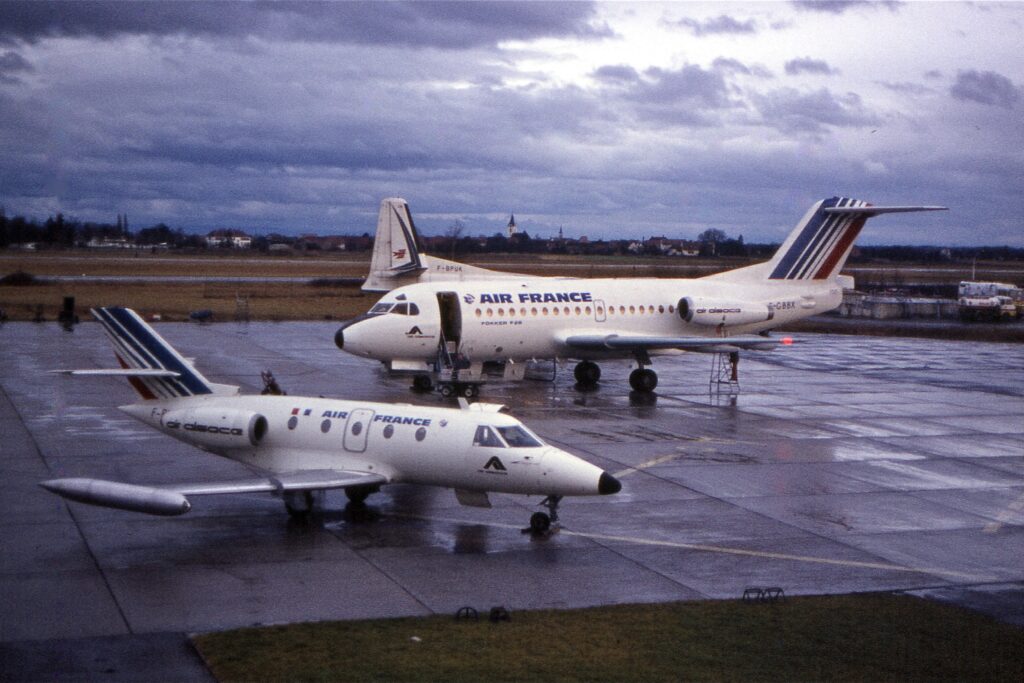On this day 90 years ago, Air France was born. Throughout its long history, this iconic airline has been a symbol of French aviation excellence and a key player in the global air travel industry. Let’s journey back in time to explore the remarkable story of how Air France took flight and became one of the world’s most renowned and respected airlines.
Air France is one of the world’s oldest and most prominent airlines, with a long, rich history. It was originally founded in 1933 when, under the leadership of French Air Minister Pierre Cot, the five main French airlines of the time were merged: Air Orient, Air Union, Farman Lines, CIDNA, and the air mail company Aéropostale. This aspect of its history can still be seen in the livery of its aircraft, with the inclusion of a stylized seahorse, the logo of Air Orient.

At the end of the Second World War, the airline was nationalized by the French state, which until then held approximately 25% of its capital. The following year, on July 2, 1946, an Air France Douglas DC-4 conducted the airline’s first transatlantic flight from Paris to New York, in 23 hours 45 minutes.
In 1952, Air France moved from its historic birthplace of Le Bourget to Orly Airport, and a year later it became one of the first airlines to enter the jet age. The short-lived British de Havilland Comet series 1A was introduced on flights to Beirut in Lebanon. The Caravelle and the Boeing 707 soon followed, during the late 1950s and early 1960s.
In 1954, Air France, along with the French railway state company SNCF, launched Air Inter, a private airline aiming at densifying France’s domestic network.
By 1974, it was time for Air France to move again, with the opening of the first terminal of Charles de Gaulle Airport, which would later become Paris’ main aviation hub.
The Concorde era
On January 21, 1976, Air France turned supersonic: the first Concorde flight took off from Paris to Rio de Janeiro, with a leg in Dakar. The supersonic plane was capable of a supercruise up to Mach 2.04 (2,500 kilometers per hour).
In 1990, Air France underwent another merger, absorbing the activities of Air Inter and UTA. The two regional airlines had struggled to face the competition of newer airlines, namely Air Liberté or AOM, within the domestic market.
The French flag carrier joined forces with US-based Delta Air Lines in 1999. This partnership was further strengthened the following year with the creation of the SkyTeam alliance, taking in Aeromexico and Korean Air.
In 2000, Air France was heavily affected by the crash of Flight 4590, when a Concorde supersonic aircraft suffered engine failure due to debris on the runway shortly after takeoff from Charles de Gaulle Airport. This event led to a catastrophic fire, causing the aircraft to crash into a hotel in Gonesse, France, killing all 109 people on board and four on the ground. Though it was the only crash in Concorde’s history, it would contribute towards the retirement of the Concorde fleet.
Air France-KLM: a successful yet tumultuous marriage
Despite the challenges of the new millennium, including the global aviation downturn following the September 11, 2001, attacks on the World Trade Center, Air France demonstrated remarkable resilience. In part, this was due to a successful privatization effort initiated in February 1998. During the fiscal year 2001-2002, while the entire industry was grappling with adversity, Air France managed to post positive financial results, achieving a net profit of €153 million.
In stark contrast, another iconic European airline, KLM Royal Dutch Airlines, faced a less favorable situation. In 2002, KLM reported a full-year net loss of €156 million, marking the first such loss in its storied history. The post-9/11 aviation crisis had hit KLM particularly hard, primarily due to its heavy reliance on international flights and the use of older aircraft. In contrast, 40% of Air France’s operations during that time consisted of domestic flights, which were relatively sheltered from international competition.
Consequently, a rapprochement was forged between the two carriers. 2004’s historic merger of Air France and KLM gave rise to Air France-KLM, solidifying their position as one of the largest airline groups globally.
The next twenty years have been marked by largely successful consolidations and creations. In 2013, Air France merged three regional subsidiaries, Brit Air, Régional and Airlinair, into HOP! as a response to the development of low-cost companies.
Before long, though, HOP! faced serious challenges, including financial difficulties and the huge impact of the COVID-19 pandemic on the aviation industry. In 2019, Air France-KLM announced plans to restructure the HOP! brand and reduce its fleet size and workforce. In 2021, the brand ceased to exist as an independent entity and its operations were fully absorbed by Air France.
Another short-lived venture was Joon. Launched in 2019, the airline was supposed to revitalize the routes on which Air France is at a loss by offering lower costs than the parent airline. The target was to appeal to the ‘millennial generation’, with crew members wearing the same polo shirts and white sneakers adorned by most Parisians at the time. But the recipe failed and only seventeen months after it started operations, Joon was reintegrated into Air France.
By then, the financial situation within the group had been reversed, causing a great deal of internal tensions between KLM and Air France personnel.
In the first quarter of 2020, Air France-KLM reported a net loss of €1.8 billion. A few days before the quarter results were published, KLM Works Council hinted that a split between the two carriers would be beneficial, as it did not believe Air France was able to restructure and improve its efficiency.
The news sparked outrage among the unions of the French national carrier. They published a joint statement in which they recalled that when Air France bought KLM in 2004, the Dutch airline was nearly bankrupt. The split never materialized.
The situation for the Franco-Dutch airline group has improved lately, with a substantial 13.7% year-on-year increase in revenue, amounting to €7.62 billion during the second quarter of 2023.
In early October 2023, a consortium including Air France-KLM Group announced that it would acquire a majority equity stake in Scandinavian Airlines (SAS).
Today, Air France offers its customers nearly 1,000 flights per day to 200 destinations, courtesy of a fleet of more than 240 aircraft.
To celebrate this important milestone, Air France collaborated with Xavier Ronze, French designer and head of the costume workshops for the Paris National Opera ballet to design five dresses representing the mains aspects of the company:
- Aircraft and technology
- Uniforms and fashion
- The iconic posters promoting its vast network
- Fine dining and tableware
- Design and architecture
Click here to find out more.

